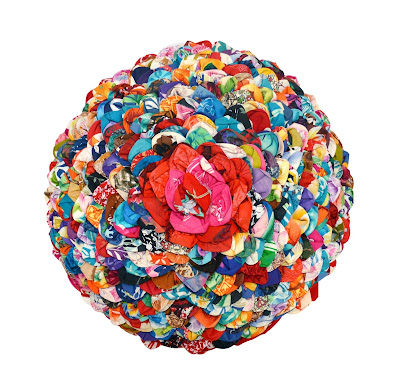 |
| Cooke family quilt, c. 1890, Hawaii |
One of the primary questions is:
"How did Liliuokalani
learn about crazy quilts?"
learn about crazy quilts?"
Amos Starr Cooke (December 1, 1810 – March 20, 1871) was an American educator and businessman in the Kingdom of Hawaii. He was patriarch of a family that influenced Hawaii in
the 19th century and continues to have a presence today. Cooke, born in Danbury, Connecticut, and his family were missionaries who were put in charge of the Chiefs' Children's School by Kamehameha III. The boarding school educated children of Hawaiian royalty, including all five of the following monarchs of the Kingdom of Hawaii. Queen Liliuokalani was the last of the five monarchs, and the last reigning Queen of the Kingdom of Hawaii.
 |
| Amos Starr Cooke (Wikimedia) |
Liliuokalani was familiar with the Cooke Family. She attended the Chiefs' Children's School from 1842 to 1850, when the school was discontinued and students were relocated to a day school called the Royal School.
A recent Quilt Index search of documented quilts made in Hawaii produced 387 results but not a single Victorian Crazy Quilt.
Of course, there is one famous Victorian period crazy quilt called The Queen's Quilt, made by Liliuokalani to document her life and imprisonment when the Kingdom of Hawaii was overthrown. She was imprisoned at Iolani Palace, where she started the blocks that eventually became the quilt.
 |
| Iolani Palace has a web site with history and photos. |
The Queen's Quilt now lives at Iolani Palace where it is is on permanent display. It is among the most important cultural objects in Hawaii and is a national treasure. Although it is a storied quilt, there are many unanswered questions about it. One of the primary questions is: "How did Liliuokalani learn about crazy quilts?"
Perhaps this quilt is a clue. It came from the Cooke Family, and was sold many years ago through the Mauna Kea Galleries on the Big Island. The most recent owner before me was an eBay seller in Honolulu. The quilt is 51" x 63" and includes a variety of silks, some in excellent condition, some deteriorated.
Several interesting motifs appear on the quilt, such as fans, both Chinese and Japanese; flowers, figures and a charming black elephant. A variety of techniques were incorporated-- fancy stitch work, appliqué, piecing, and painting on velvet.
Regarding the quilt and its place in Hawaiian history, there are more questions than answers. How well did Liliuokalani know the Cooke family? Did their relationship continue after she attended their school? Did the Cooke family make the quilt? Was it brought back from the mainland after travel? Had Liliuokalani seen this quilt? Did she know about it when she made hers? Are there photos of the Cooke family homes showing the quilt? Does the Mauna Kea Gallery still have a record of the sale? I'm eager to learn more about this unique object. There are so few Victorian crazy quilts in Hawaii, it seems like there must be a connection. I will be looking for the answers to these questions and others. Stay tuned...
Several interesting motifs appear on the quilt, such as fans, both Chinese and Japanese; flowers, figures and a charming black elephant. A variety of techniques were incorporated-- fancy stitch work, appliqué, piecing, and painting on velvet.
 |
| Queen Liliuokalani as a young lady |














































